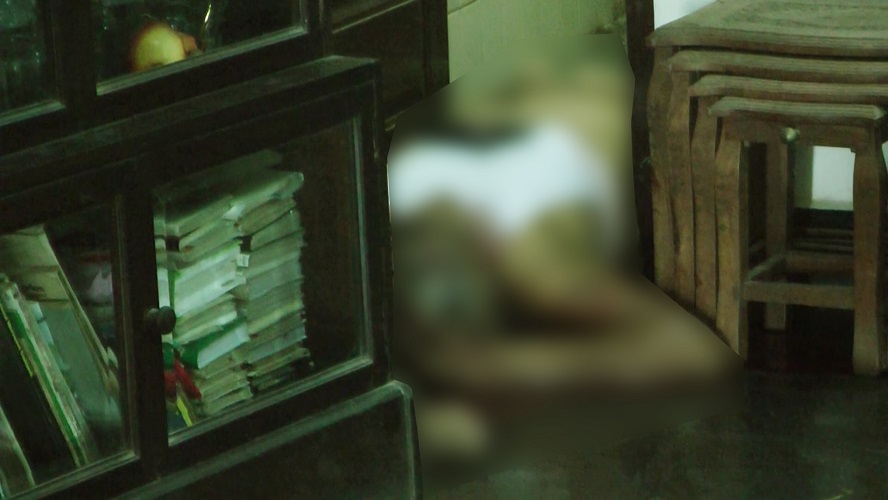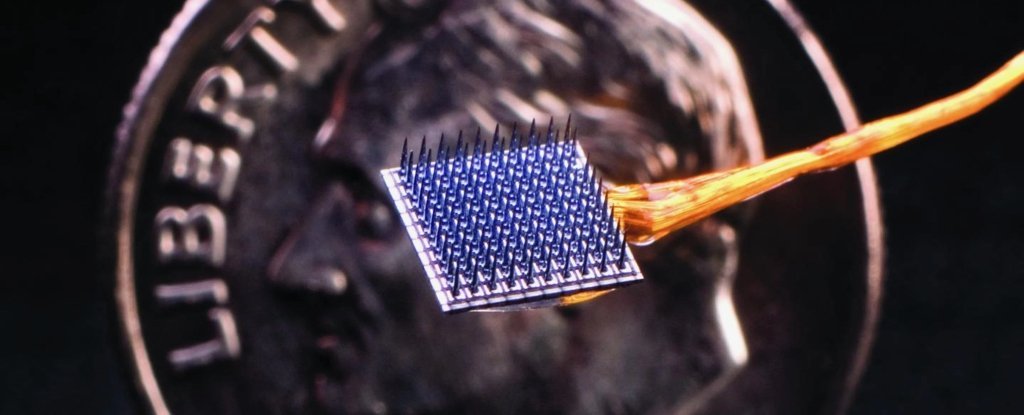You’d be forgiven for being confused about whether or not you should eat fat. For a long time, people were told to stay well away from it entirely. But lately, fat seems to be back on the table – but only certain types of fat.
With so many conflicting messages about which types of fat to eat, it’s no wonder many people are confused about whether or not they should it. Here are just a few reasons why the advice about fat is so confusing – and how much fat you should really eat.
Some fat is essential in our diet as it gives us energy and helps us absorbs certain vitamins, including vitamin A, D and E. But there are many different types of fats and eating too much of certain types can be harmful to us. Unsaturated fats (also called monounsaturated or polyunsaturated) are known as “good” fats and are important for helping us lower cholesterol and keep our heart healthy. Unsaturated fats can be found in foods such as avocados, olive or peanut oils, and fish.
But saturated fats can be bad for us when eaten in excess, and can raise cholesterol and increase risk of heart disease. Trans fats can also increase cholesterol levels. Foods that contain saturated and trans fats include butter, cheese, bacon, biscuits and fried foods.
Fat is important
Many health authorities worldwide agree fat is an important part of a healthy diet – but that we should only get so many calories daily from fats.
The World Health Organization (WHO) recommends people get no more than 30 percent of their daily calories from fat – of which only 10 percent of daily calories should be from saturated fats, and less than 1 percent from trans fats.
The UK’s recommendations are much the same, limiting saturated fats to only 10 percent of our daily calorie intake – around 30g per day for men (around 270 calories) and 20g for women (around 180 calories).
But in Europe, health recommendations suggest fat should comprise between 20-35 percent of our total daily calories. There’s also no recommendations for how many calories should be from saturated or trans fats – just that these should be limited. In the US, people are only advised to limit saturated fat intake to less than 10 percent of daily calories.
So while there seems to be agreement in how much fat people should eat, the slight variations in these recommendations – as well as variations in how much of certain types of fat we should eat – might explain the confusion over whether or not we should eat fat and how much of it we should eat.
Misleading advice
If all the different recommendations weren’t confusing enough, there’s also a lot of information out there that’s either too simplistic or incorrect. This makes the recommendations about eating fat all the more complicated.
For example, the Joint British Societies (which publishes recommendations to help people reduce their risk of cardiovascular disease) recommends that only around 10 percent of a person’s total fat intake should come from saturated fats.
As typically we consume 30-40 percent of our calories from fat, and international and government bodies recommend that around 30 percent of daily calories should come from fat, limiting saturated fats to 10 percent of this would mean they’d make up only 3 percent of our day’s calories. This would amount to little more than 20g of saturated fat – around two tablespoons of butter.
This differs from many other recommendations – such as from WHO – which states 10 percent of all the calories people eat daily should come from saturated fats. It’s also unclear whether such a strict restriction of saturated fats would have any benefit and would be difficult for many people to achieve as a variety of healthy foods – such as olive oil – can also contain saturated fats.
There’s also a lot of advice that’s too simplistic, which can be inadvertently misleading.
For example, one tip the British Heart Foundation recommends for swapping saturated for unsaturated fats is to use a spray oil or measuring oils, instead of just pouring it straight from the bottle.
But this doesn’t account for the fact that different types of oil have different saturated fat levels. Sunflower oil, for example, is already low in saturated fat, so using less would significantly reduce calories but only modestly reduce saturated fat levels.
Other advice from the British Heart Foundation includes avoiding frying foods and switching to semi-skimmed milk. But focusing on methods that have a minimal effect on saturated fat levels can make it more confusing to know which foods (and fats) to avoid.
The easiest way to avoid saturated fats is avoiding foods like pies, cakes and biscuits. These foods are high in saturated fats and tend to be the greatest sources of them in most peoples’ diets.
Getting the right amount
Research suggests that we should get around a third of our energy from fat – two-thirds of which should be unsaturated fats.
Of course, certain food sources will contain different types of fats, and different levels of fats. For example, avocados and pies are both high in fat. But avocados are high in healthy monounsaturated fats, which are good for heart health and can lower cholesterol. Pies, on the other hand, are high in saturated fats, which can be bad for your heart and cholesterol levels.
The easiest way to make sure you’re eating enough of the right fats is to avoid foods that contain saturated and trans fats – such as butter, hard cheeses, pies, biscuits, pastries, cakes, processed meats and crisps. These foods are also high in salt, carbohydrates and sugar, so can also have other health harms such as increasing risk of high blood pressure.
Instead, try including sources of healthy fats – such as avocados, olive oil, nuts and fish. This will ensure that you’re not only getting enough fat in your diet, but that you’re getting the right kind of fats (around 75g a day for women and 90g for men). 
Duane Mellor, Lead for Evidence-Based Medicine and Nutrition, Aston Medical School, Aston University.
This article is republished from The Conversation under a Creative Commons license. Read the original article.


 Local7 years ago
Local7 years ago
 Crime8 years ago
Crime8 years ago
 Local8 years ago
Local8 years ago
 Top Stories2 years ago
Top Stories2 years ago
 Crime8 years ago
Crime8 years ago
 Crime8 years ago
Crime8 years ago
 Sports10 months ago
Sports10 months ago
 Crime8 years ago
Crime8 years ago






You must be logged in to post a comment Login